I have a numpy array a of length n, which has the numbers 0 through n-1 shuffled in some way. I also have a numpy array mask of length <= n, containing some subset of the elements of a, in a different order.
The query I want to compute is "give me the elements of a that are also in mask in the order that they appear in a".
I had a similar question here, but the difference was that mask was a boolean mask instead of a mask on the individual elements.
I've outlined and tested 4 methods below:
import timeit
import numpy as np
import matplotlib.pyplot as plt
n_test = 100
n_coverages = 10
np.random.seed(0)
def method1():
return np.array([x for x in a if x in mask])
def method2():
s = set(mask)
return np.array([x for x in a if x in s])
def method3():
return a[np.in1d(a, mask, assume_unique=True)]
def method4():
bmask = np.full((n_samples,), False)
bmask[mask] = True
return a[bmask[a]]
methods = [
('naive membership', method1),
('python set', method2),
('in1d', method3),
('binary mask', method4)
]
p_space = np.linspace(0, 1, n_coverages)
for n_samples in [1000]:
a = np.arange(n_samples)
np.random.shuffle(a)
for label, method in methods:
if method == method1 and n_samples == 10000:
continue
times = []
for coverage in p_space:
mask = np.random.choice(a, size=int(n_samples * coverage), replace=False)
time = timeit.timeit(method, number=n_test)
times.append(time * 1e3)
plt.plot(p_space, times, label=label)
plt.xlabel(r'Coverage ($\frac{|\mathrm{mask}|}{|\mathrm{a}|}$)')
plt.ylabel('Time (ms)')
plt.title('Comparison of 1-D Intersection Methods for $n = {}$ samples'.format(n_samples))
plt.legend()
plt.show()
Which produced the following results:
So, binary mask, is, without a doubt, the fastest method of these 4 for any size of the mask.
My question is, is there a faster way?
